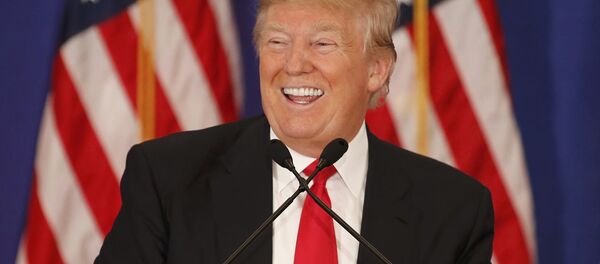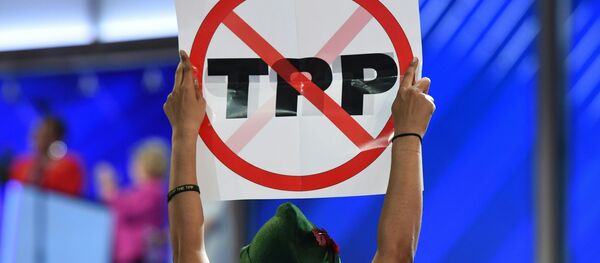The parties to the deal are Australia, Brunei, Canada, Chile, Japan, Malaysia, Mexico, New Zealand, Peru, Singapore, the United States and Vietnam, and comprise approximately 40 percent of world GDP.
The Chinese initiatives will be helmed by none other but China, in a bid to create a model for future economic cooperation in the Pacific region.
On October 6, the Chinese Foreign Ministry announced it had completed a study for the Free Trade Area of the Asia-Pacific (FTAAP). It is a multilateral trade deal that is expected to be presented at the Asia-Pacific Economic Cooperation summit on November 19-20.
The RCEP is described as a framework for liberalizing and harmonizing certain standards among the participants, including not only trade regulations but also such issues as protection of intellectual property rights and a dispute settlement mechanism.
"Nevertheless, anecdotal evidence suggests that the RCEP, if enacted, would focus largely on liberalizing trade in goods, indicating it could be closer in practice to existing East Asian free trade agreements than to the TPP, which calls for a more thorough overhaul of regulations in industries of interest to developed economies like the United States, including pharmaceuticals and information technology," the report read.
The FTAAP may look more similar to the TPP. It would include all the 12 participants of the TPP deal, plus Russia and Taiwan and every RCEP country except India.
"The United States even reportedly supported the FTAAP in its early stages before shifting its attention to its own version of the deal that cut China out of the picture," according to Stratfor.
In fact, there is a significant difference between the TTP and FTAAP. The TPP presumes a set of stringent requirement on some issues, including intellectual property rights. China is unlikely to accept them.
"It [TPP] means to lay the foundation of future competition in the Asia-Pacific, a set of rules that China, unsurprisingly, is unlikely to accept. From the United States and Japan's point of view, the deal is a means to try to force China to get on board with their interests or risk isolation," the report read.
According to Stratfor, unlike in the event of the TPP, if the FTAAP is enacted it will be more profitable for China than for the US.
The participants of the TPP now have two years to ratify the deal. In order to enact the deal, it must be ratified by the US which accounts for over 60 percent of GDP in the free trade area.
"But with popular resistance to trade rising and the two major US presidential candidates openly opposing the TPP, the chances of the deal being shuttered before it even gets off the ground cannot be ignored," the report concluded.







